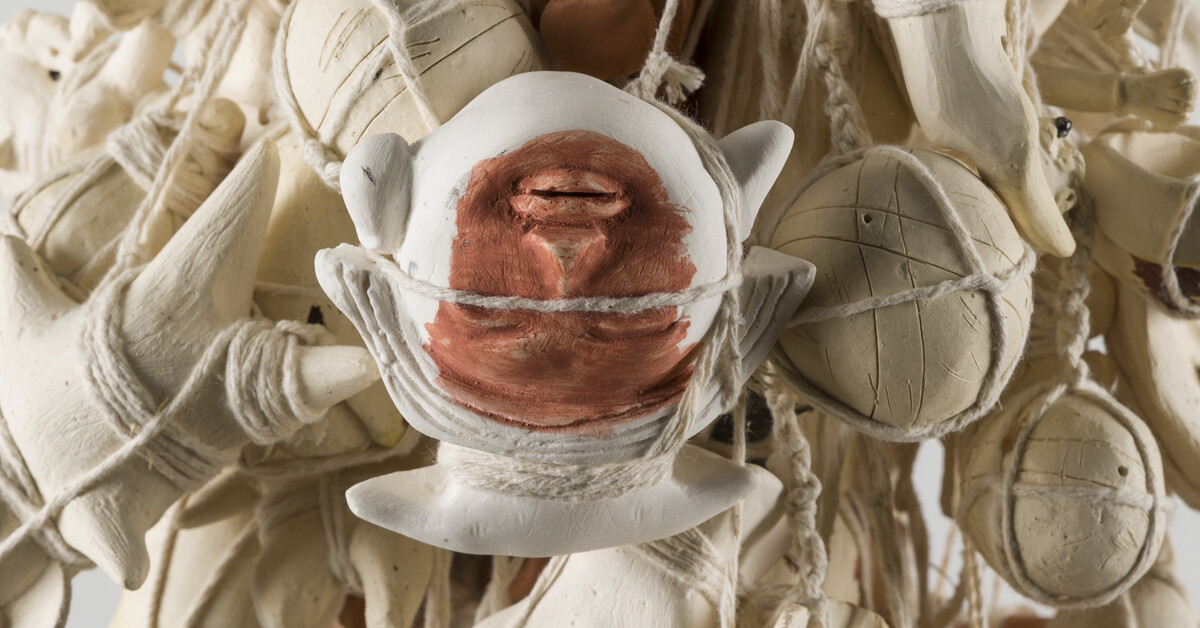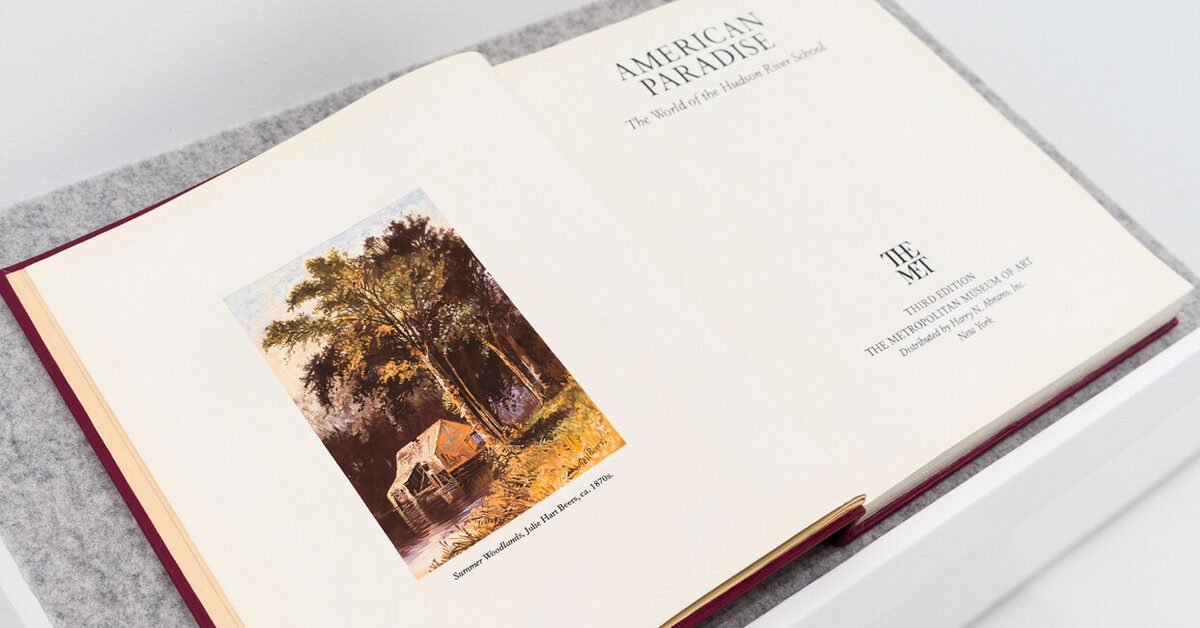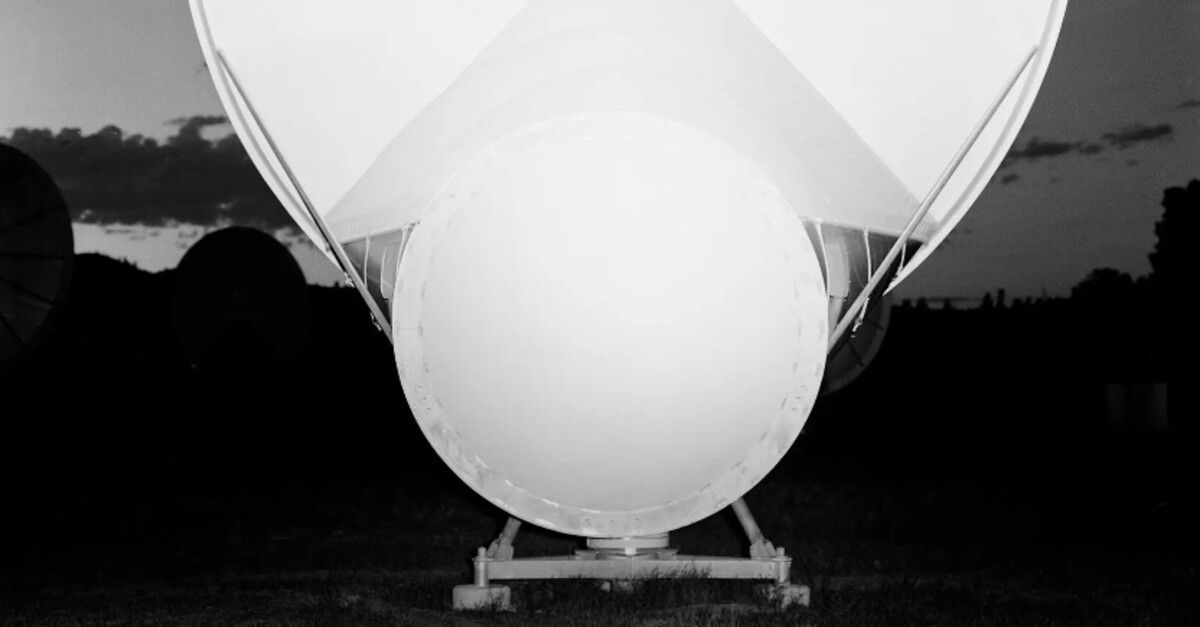The poetics of decay
Chicago Reader / Sep 18, 2025 / by Alan Pocaro / Go to Original
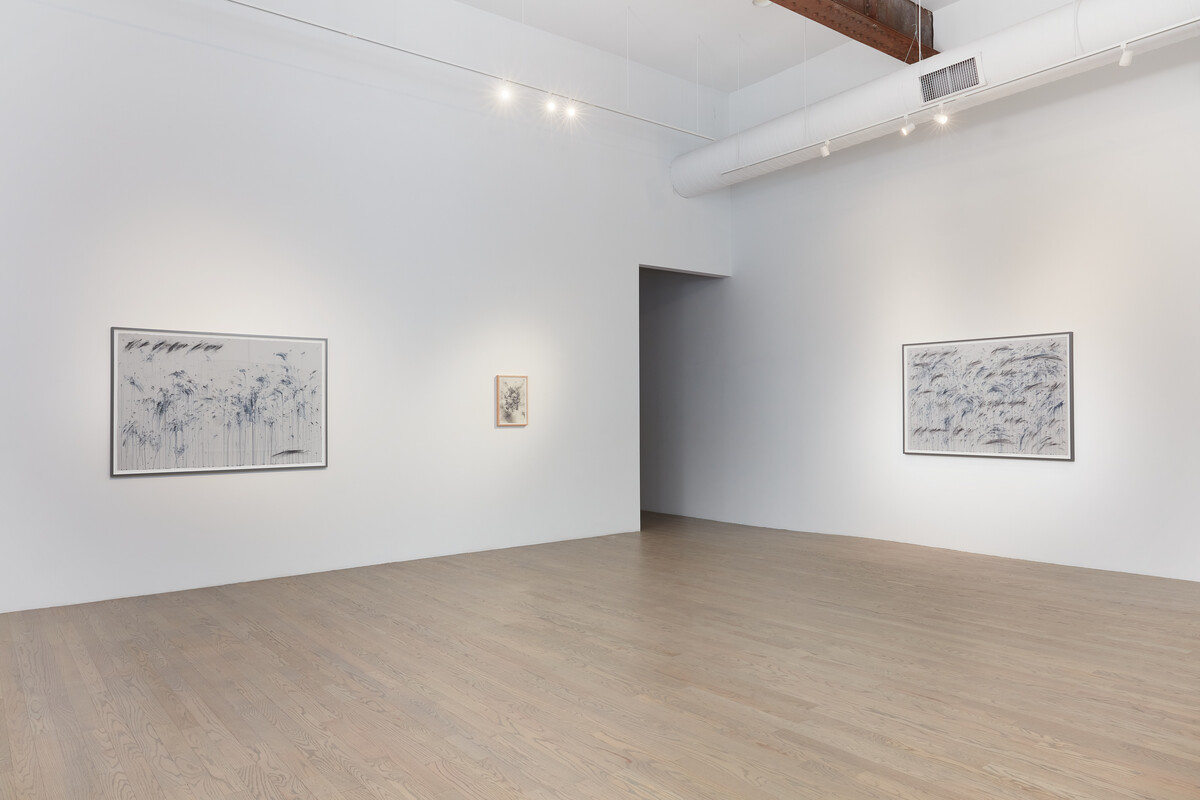
Installation view, “Dusk,” at Patron; Credit: Ian Vecchiotti
Language is the star, the ship, the sea, and the wreck in Bethany Collins’s “Dusk,” now on view at Patron. A provocative exhibition rendered in graphite gray hues, its eerie twilight unfolds across endless sheets of paper like thoughts fumbling toward silence. Only vitrines of powdered and spent eraser offer a shock of brightness here, small hills of sky blue flare like lighthouse beacons amid the exhibition’s otherwise ashen hues.
At the center: her hand-transcribed copy of Moby-Dick, a devotion bordering on absurdity. For Melville, the ocean was an unfathomable expanse, sublime in its terror and infinity. In recasting the text by hand, Collins reframes this abyss for the present, her fragile pages of fugitive iron gall ink invoking not only the sea’s endlessness but somehow the equally boundless sprawl of the Internet. If the 19th-century sublime was measured in leagues, ours is tallied in gigahertz and terabytes: a techno-sublime where meaning is drowned in the endless scroll.
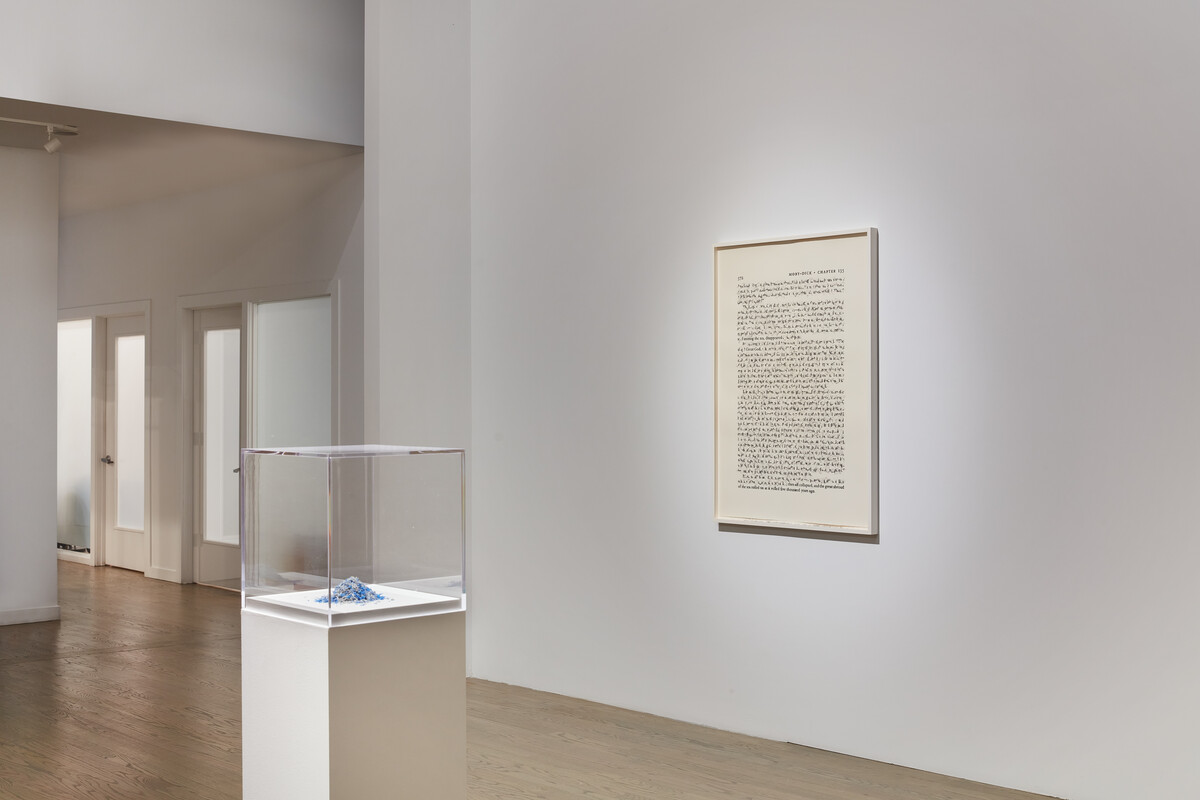
Vitrines of powdered and spent eraser offer a shock of brightness in Bethany Collins’s “Dusk.”; Credit: Ian Vecchiotti
Above water, the three drawings in Collins’s “The Battle Hymn of the Republic” series recall the lyric effusions of Cy Twombly, though Collins’ marks tend less toward the bravado of accumulation than toward the poetics of decay. Letters dissolve into dust, phrases collapse into noise. Satisfying in its own studied way, “Dusk” is more cerebral than sensual, a meditation on language’s inability to anchor permanence in a world where sea and screen alike remain inexhaustible, unknowable, and perpetually on the verge of erasing us.

